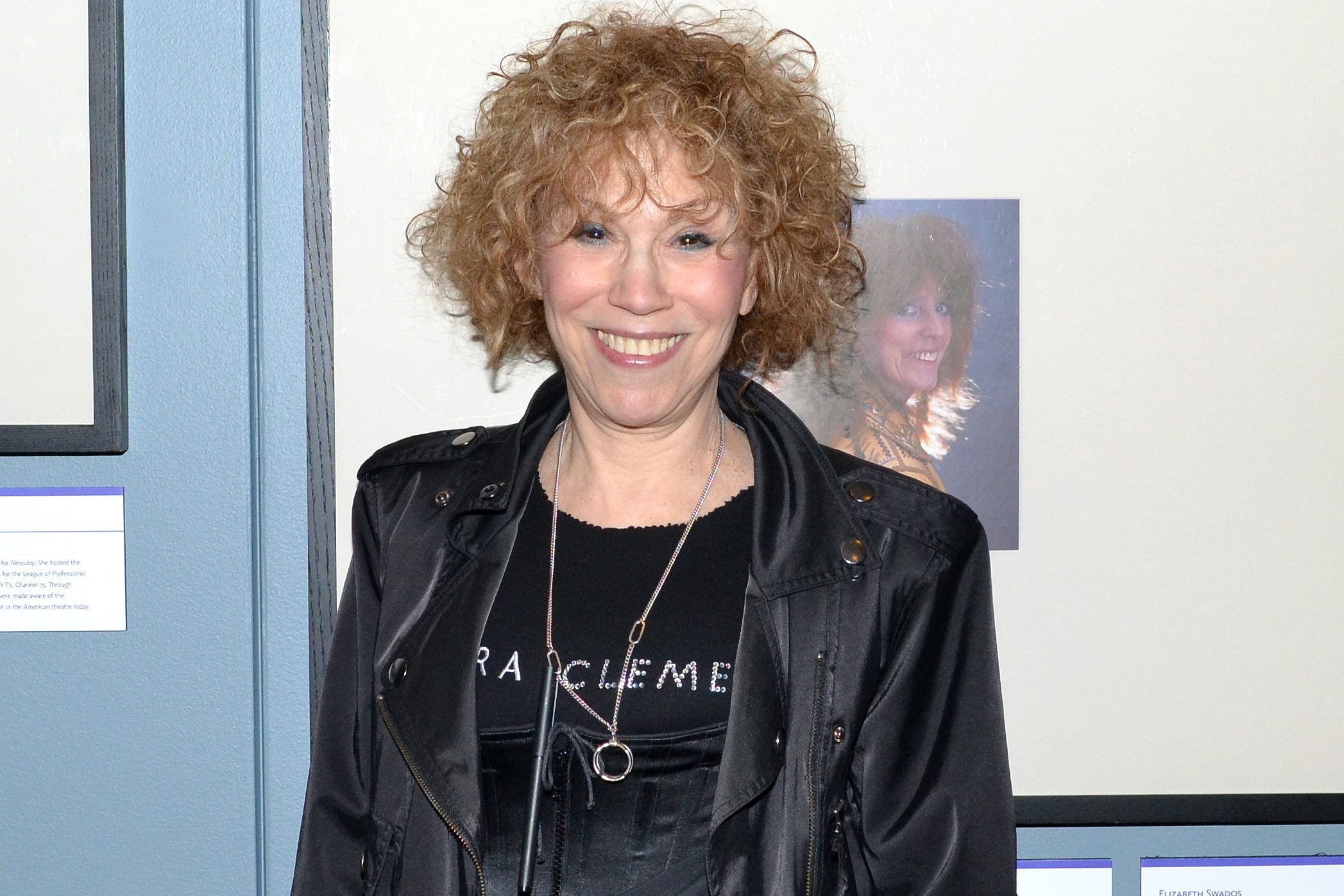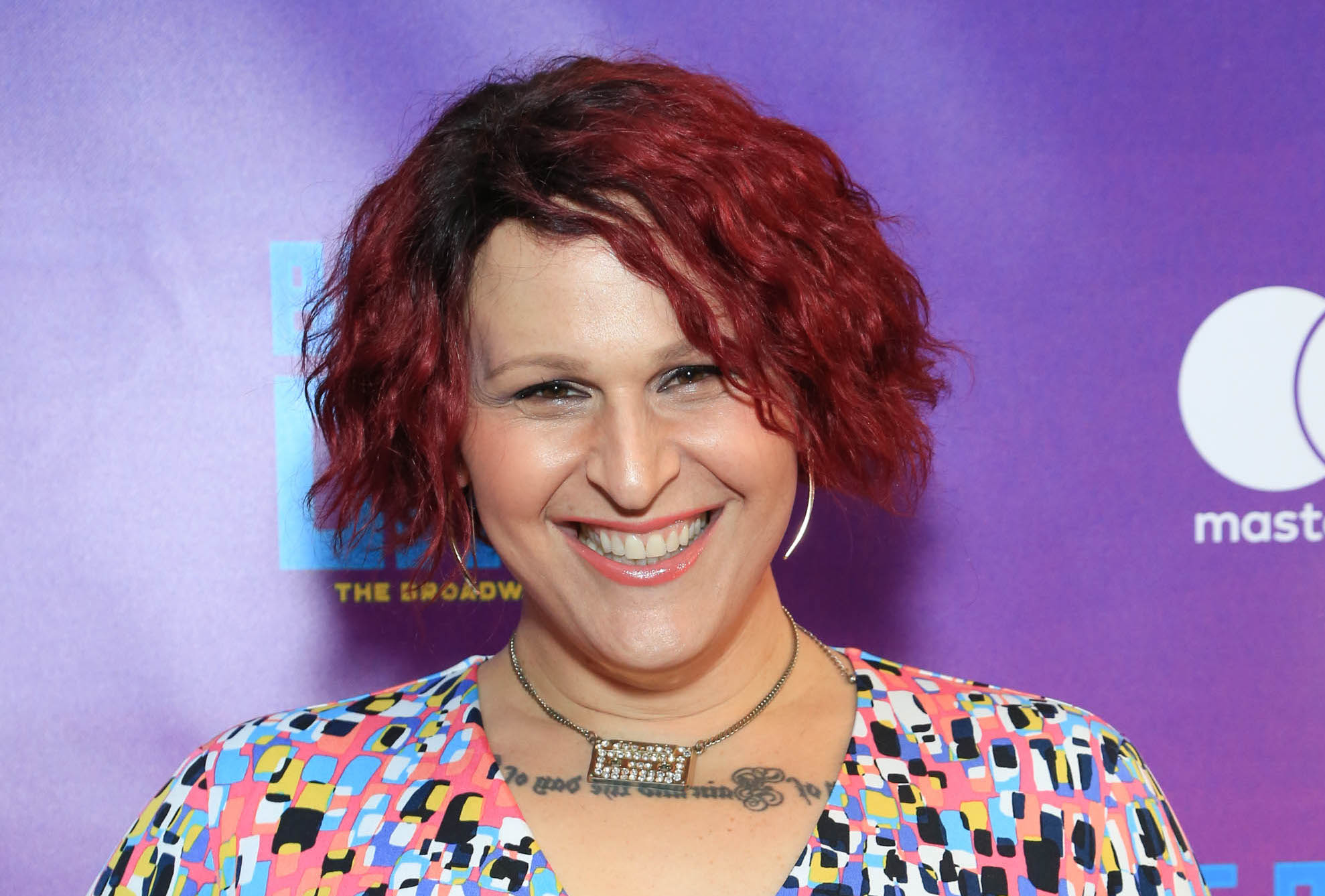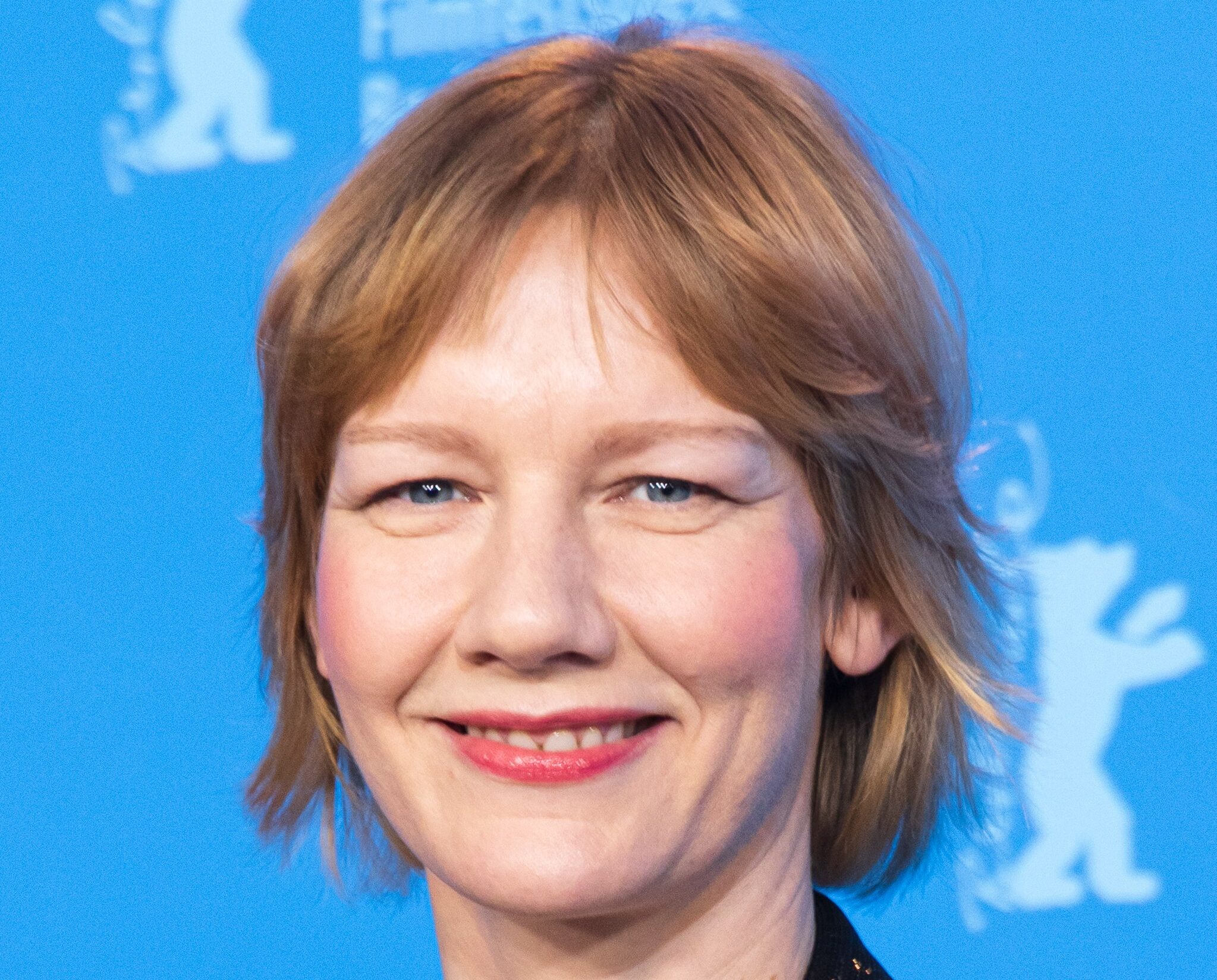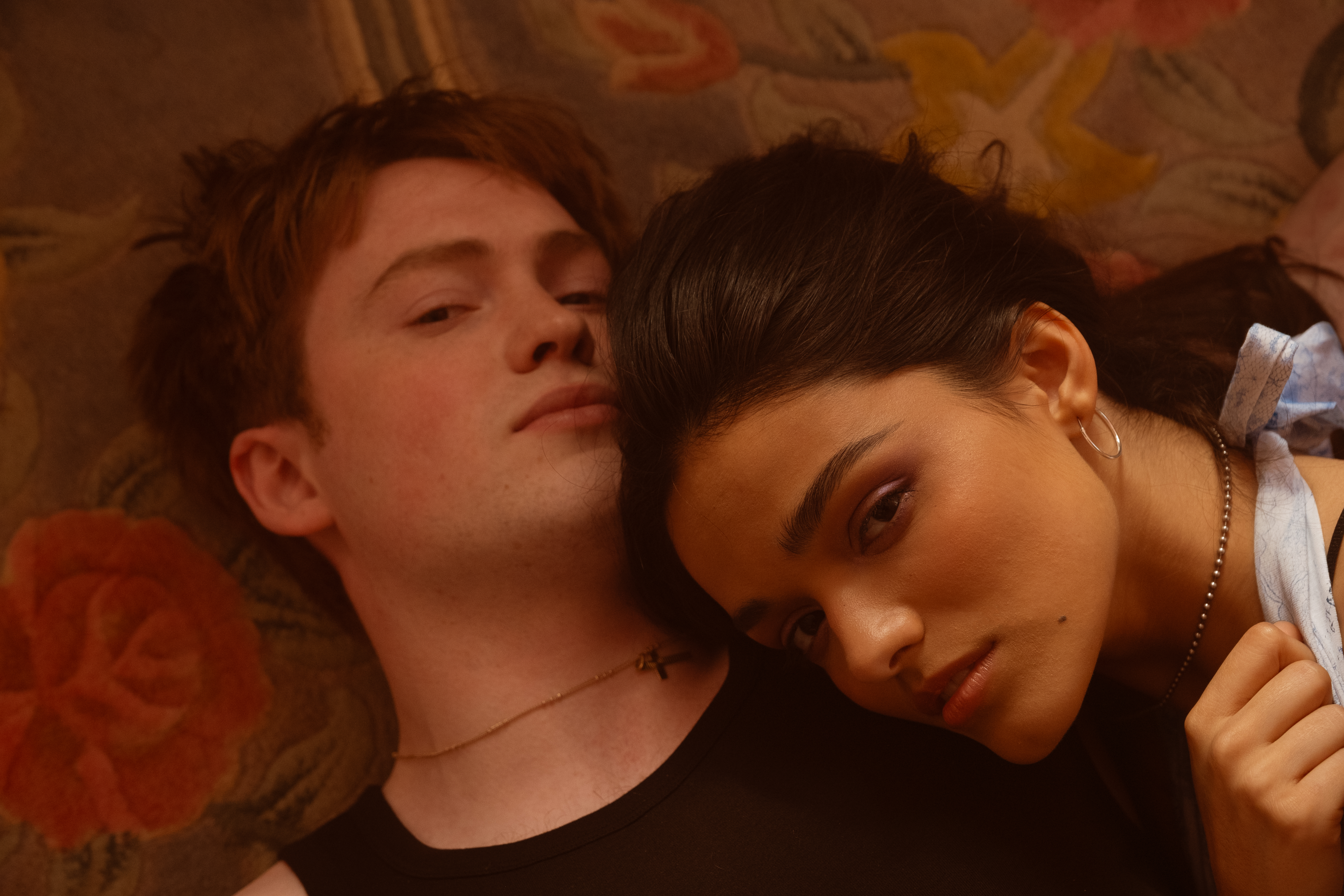Peter Howard’s Broadway

Call up the Internet Broadway Database at www.ibdb.com, type in the name Peter Howard, and what will you see? “Peter Howard: Arranger, Composer, Conductor, Musical Contractor, Musical Director, Musical Supervisor, Musician, P”
Yes, it just ends like that, with a capital P. Though the powers-that-be at the database would undoubtedly have liked to add “erformer” to the end of that “P,” there just wasn’t enough room on the two lines that this site allots for each entrant.
Peter Howard has done a lot in musical theater. His first credit on the IBDb is certainly a good one: My Fair Lady in 1956, as an assistant to musical director Franz Allers. Two years later, he worked in the same capacity for Jay Blackton on Oh, Captain! Then he got the chance to be on stage as one of the two pianists in Say, Darling. And when the legendary Betty Comden and Adolph Green decided to give their little Party at the Golden in ’58, he was on the 88s.
The following year, Howard stretched himself by providing incidental music for a play called A Desert Incident before he became assistant conductor for the original production of The Sound of Music. (Ask him about Barbra Streisand’s audition for the role of Liesl.) A year and a half later, he got his first — but hardly last — credit as a composer of dance music with Carnival. That show’s producer, David Merrick, was well known for being cantankerous but was even better known for only working with quality people. That’s why he chose Peter Howard to compose dance music for four other musicals he produced in the ’60s, including Hello, Dolly! Those marvelous notes you hear just before everyone sings “Call on Dolly?” They’re Peter Howard’s, and they get the show off to a stunning start. That equally marvelous middle section in the title number, where Dolly cavorts with the waiters? That’s Peter Howard’s work, too, and it helped make the show’s title number the biggest showstopper of the decade.
Such household-name shows as 1776, Annie, and Crazy for You all profited from Peter Howard’s deft touch. But the dance arrangement he did that drives me to wonderful distraction every time I hear it is in Chicago. Don’t you love “Hot Honey Rag” as much as I do? Doesn’t all of America now?
While you can’t work on Broadway without experiencing the occasional one-night stand (Howard was the musical director of Dance a Little Closer) or one-week run (he provided dance and incidental arrangements for Tricks), the fact is that there was never a decade during the last half of the 20th century when Peter Howard wasn’t represented by at least half a dozen shows on Broadway. Now, that’s impressive.
Whether creating dance and vocal arrangements for The Roar of the Greasepaint — The Smell of the Crowd, providing musical direction and contracting for Harrigan ‘n Hart, or leading the company of Barnum in one of musical theater’s greatest second-act openers (“Come Follow the Band”), Peter Howard has made his mark for almost a half-century. How nice it is that the IBDb has so much to tell us about him.
And yet, I recently learned that there were some Howard credits that even the IBDb missed. I learned this because I got my hands on Peter Howard’s Broadway, the recording of the cabaret act he’s done around town in some of our smarter boites. Herein, he mentions that he took a leave of absence from his Juilliard studies to assist on the 1949 tuner All for Love and that, in 1955, he assisted on Plain and Fancy (he fondly remembers Carol Lawrence in the chorus). Howard is a nifty raconteur, quipping offhandedly that he was entrusted with the responsibility of teaching Rex Harrison NOT to sing in My Fair Lady. He also mentions his foray Off-Broadway in the early ’60s, when a production of On the Town was rehearsing for its debut at the Carnegie Hall Playhouse (where Zankel Hall is now) and the maestro conducting upstairs complained about all the noise that Howard was making. Howard graciously pointed out to the maestro — one Leonard Bernstein — that if he hadn’t written the score for On the Town, he wouldn’t be disturbed now. That shut ol’ Lenny up!

Good as his patter is on the recording, pianoforte is Peter’s forte. One only need do the math to determine that if he was at Juilliard in the late ’40s, he’s no kid now — but when you hear his fingers run o’er the keys, the ivories, he sounds like a youngster. There are fun pieces here as he does some Scott Joplin and even give that ol’ fuddy-duddy Chopin a hotfoot by making a rag of one of his pieces. Later, he mixes Debussy (that theme heard in Frankie and Johnny in the Claire de Lune) and Henry Mancini — and, oh, does he make it work.
If all of these selections sound like ancient history, may I point out to those who belong to Generations X, Y, and Z that you too have heard Peter Howard’s work in your youth? That’s because Howard did dance and vocal arrangements for the big-screen film version of Annie. (Whatever we think of the movie, plenty of kids saw it, and new ones add to the total each day). He was also the “dance sequence playback arranger” for Indiana Jones and the Temple of Doom. (My only complaint about his album: Why didn’t he include “The Chameleon,” the wonderful song he played n the Woody Allen movie Zelig? Look closely at the film and you’ll spot him at the keyboard during that catchy tune.)
The album also includes a song written long before Howard’s time; to sing it, he brings on the heavenly Paula Laurence, with whom I desperately fell in love some years back when I first heard her quintessential recording of “At the Roxy Music Hall.” Here, she warbles a Jerome Kern melody with a lyric by the now-forgotten Irene Franklin. The song — “My Husband’s First Wife,” from Sweet Adeline — should not be forgotten. And now that Laurence and Howard have recorded it for posterity, it won’t be.
Add to this a charming song that Howard wrote for Big Bird and it soon becomes apparent that the album really should be called Peter Howard’s Broadway and Hollywood and Television and Nightclubs and Classical Gigs. But that wouldn’t fit on the spine of the jewel box any more than his credits can fit into those two lines on www.ibdb.com.
********************
[To contact Peter Filichia directly, e-mail him at pfilichia@aol.com]










